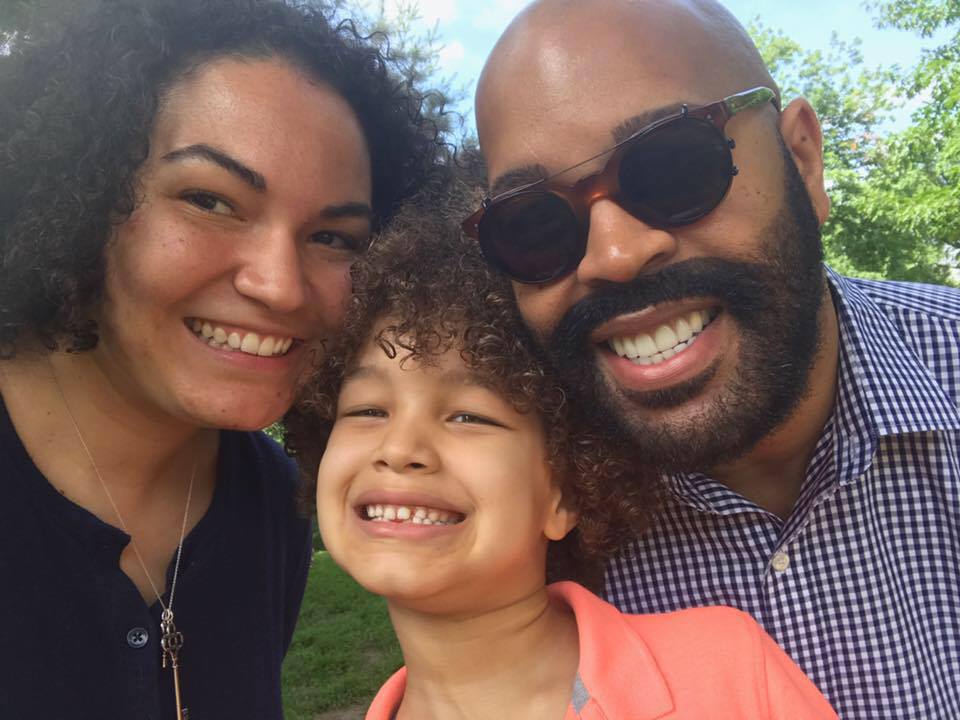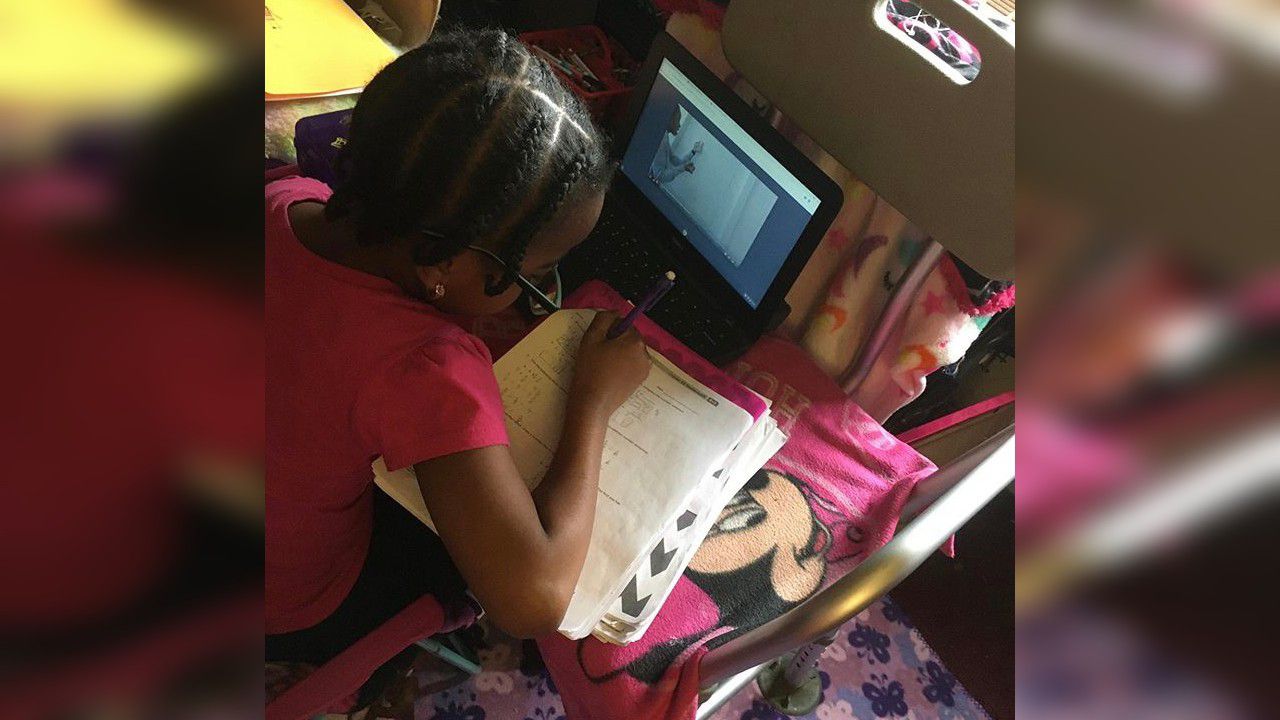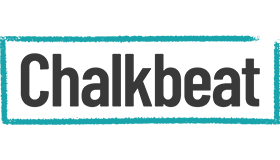This story is reported by Chalkbeat, a Spectrum News partner.
As school leaders across New York City scramble to begin reopening their doors this fall, parents will face a choice that would have been unthinkable just a few months ago: to send their children back into school buildings or keep them at home.
On Wednesday, the education department began allowing parents to opt out of in-person instruction this fall in favor of remote learning. Families can opt-out at this website or by calling 311.
Parents’ decisions could have an enormous effect on schools, which will allow most students to return to school buildings for one to three days each week. If many families indicate their children will stay home, certain schools may be able to offer more frequent in-person instruction to those who want it.
It’s unclear how many families will opt for virtual-only schooling, a decision that may hinge on a slew of yet-to-be-answered questions about what transportation options will be available, who will teach students in the remote-only group, and protocols for handling positive coronavirus cases in schools. (About one-quarter of families and students indicated that full-time remote instruction is their first choice on a department survey.)
Education department officials said parents who opt out of in-person schooling will be able to change their minds until Aug. 7. After that, families will only be able to return to school at designated timeframes throughout the year. Schools Chancellor Richard Carranza said earlier this month that families could opt into in-person classes on a quarterly basis, but could choose to switch to remote learning at any time.
It’s also possible schools will not be allowed to reopen if coronavirus infections spike in the city, according to state rules announced this week, though New York City is currently on track to meet the criteria to reopen.
Rashid Johnson, a Brooklyn parent of a rising fourth grader, said he plans to keep his son at home this fall because he is concerned about the health risks and does not feel the city’s reopening plan is detailed enough. He and his wife, who both work in education, are able to work from home and feel comfortable supplementing his school’s remote instruction.
“As soon as that survey opens up, we’re going to opt out for full-time remote learning,” Johnson said. “I haven’t seen or heard a plan yet for sophisticated screening, contact tracing, and then mitigation.”

Rashid Johnson with his son, Ashton Johnson.
Officials said families who opt for the virtual-only setup will be expected to learn at the same pace as their peers and should be working on similar content each day. Grading and attendance policies will also be applied evenly to students regardless of which model they choose, officials said. Live instruction will also be provided, though that has previously included things beyond actual lessons such as group work or office hours.
“All students will receive a high-quality education five days a week, and we are reaching out to parents this week so that they can select their preference and we can accommodate, putting health and safety first,” education department spokesperson Daneille Filson said in a statement.
Still, other parents are more open to sending their children to school, and the available evidence suggests that children are at lower risk of becoming seriously ill from COVID-19.
Lia Lynch, who lives in the Kingsbridge section of the Bronx, said she plans to allow her daughter to take in-person courses at Stuyvesant High School, despite the long subway commute to lower Manhattan.
“I’m not expecting New York City to diminish all risk,” Lynch said, adding that she believes her daughter will likely only be able to go to school one day a week under the city’s hybrid model. Lynch said her real concern is that she will be required to commute every day to Manhattan as an English teacher at the Stephen T. Mather Building Arts Camp; Craftsmanship High School.
Lynch, who is 50, does not have any underlying health issues and said she would likely not qualify to opt-out of teaching remotely. But she worries about who would help take care of her daughter if she gets sick.
“What happens if I get ill? I have no family nearby,” Lynch said.
On Wednesday, the department also began allowing teachers and school leaders to seek exemptions from teaching in person if they have underlying medical conditions that make them more susceptible to the coronavirus. Officials previously projected that as many as 20% of teachers will work from home.
A department official said those decisions would be made in accordance with the Americans with Disabilities act and federal health guidance, but did not provide the specific criteria officials will use.
To sign up for this partner’s newsletter and have stories sent directly to your inbox, visit here.




